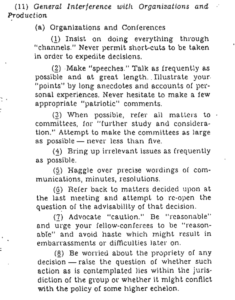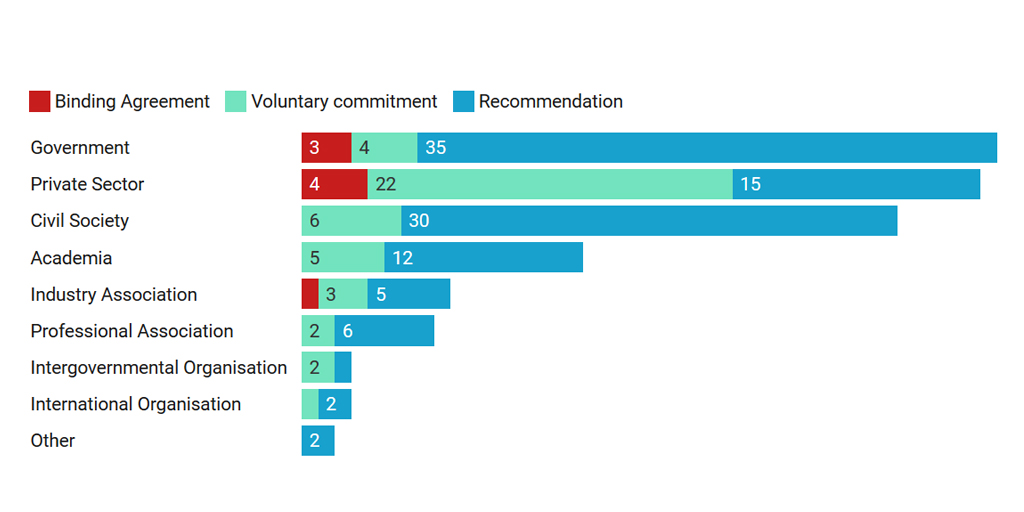Sadly, last Thursday Stéfan Sinclair passed away. A group of us posted an obituary for CSDH-SCHN here, Stéfan Sinclair, In Memoriam and boy do I miss him already. While the obituary describes the arc of his career I’ve been trying to think of how to celebrate how he loved to play with ideas and code. The obituary tells the what of his life but doesn’t show the how.
You see, Stéfan loved to toy with ideas of text through the development of software toys. The hermeneuti.ca project started with a one day text analysis vacation/hackathon. We decided to leave all the busy work of being an academic in our offices, and spend a day in the TAPoR lab at McMaster. We decided to mess around and try the analytical equivalent of extreme programming. That included a version of “pair programming” where we alternated one at the keyboard doing the analysis while the other would take notes and direct. We told ourselves we would just devote one day without interruptions to this folly and see if together we could take a project from conception to some sort of finished result in a day.
Little did we know we would still be at play right until a few weeks ago. We failed to finish that day, but we got far enough to know we enjoyed the fooling around enough to do it again and again. Those escapes into what we later called agile hermeneutics, to give it a serious name, eventually led to a monster of a project that reflected back on the play. The project culminated in the jointly authored book Hermeneutica (MIT Press, 2016) and Voyant 2.0, both of which tried to not only think-through some of the potential of the play, but also give others a way of making their own interpretative toys (which we called hermeneutica). But these too are perhaps too serious to commemorate Stéfan’s presence.
Which brings me to the dialogue we wrote and performed on “Reading Tools.” Thanks to Susan I was reminded of this script that we acted out at the University of Illinois, Urbana-Champaign in June of 2007. May it honour how Stéfan would want to be remembered. Imagine him smiling at the front of the room as he starts,
Sinclair: Why do we care so much for the opinions of other humanists? Why do we care so much whether they use computing in the humanities?
Rockwell: Let me tell you an old story. There was once a titan who invented an interpretative technology for his colleagues. No, … he wasn’t chained to a rock to have his liver chewed out daily. … Instead he did the smart thing and brought it to his dean, convinced the technology would free his colleagues from having to interpret texts and let them get back to the real work of thinking.
Sinclair: I imagine his dean told him that in the academy those who develop tools are not the best judges of their inventions and that he had to get his technology reviewed as if it were a book.
Rockwell: Exactly, and the dean said, “And in this instance, you who are the father of a text technology, from a paternal love of your own children have been led to attribute to them a quality which they cannot have; for this discovery of yours will create forgetfulness in the learners’ souls, because they will not study the old ways; they will trust to the external tools and not interpret for themselves. The technology which you have discovered is an aid not to interpretation, but to online publishing.”
Sinclair: Yes, Geoffrey, you can easily tell jokes about the academy, paraphrasing Socrates, but we aren’t outside the city walls of Athens, but in the middle of Urbana at a conference. We have a problem of audience – we are slavishly trying to please the other – that undigitized humanist – why don’t we build just for ourselves? …
Enjoy the full dialogue here: Reading Tools Script (PDF).





